ADAPTATION TO CLIMATE CHALLENGES
Observed climatic trends across the Pacific Basin–rising sea levels, increasing sea surface temperatures, shifts in ocean chemistry with increased ocean acidification, increasingly variable precipitation and wind patterns, rising air temperatures, increasing storm and cyclone intensity, and more prominent droughts–all promise growing stresses on terrestrial, coastal, and marine ecosystems, as well as on human communities. This wide, complex, intertwined spread of issues offer many challenges.

Climate change alters WATER RESOURCES
Changes in precipitation patterns have the potential for widespread, significant effects on water resources, making freshwater assessments essential for ecosystem management, community planning, and risk management. For areas that see decreases in local rainfall with elevated temperatures, drought frequency, duration, and intensity may all increase, while areas seeing more precipitation may struggle with increased frequency and intensity of storms. Whether rainfall is projected to increase or decrease, any change will create repercussions and require informed decision making to manage this essential resource.
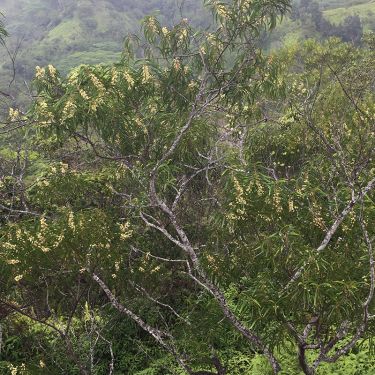
Climate change threatens NATIVE SPECIES
Based on historical and projected patterns of land-cover change in this region, impacts from invasive species and human development are likely to amplify the adverse effects of climate change on habitats and native species, particularly intensifying the effects of wildfire. While vulnerability of native biodiversity in the past has been quantified in terms of endangered species, it can also be understood in the context of its richness and uniqueness as a whole, and it is a natural heritage requiring wise and forward-looking management and stewardship goals and strategies.
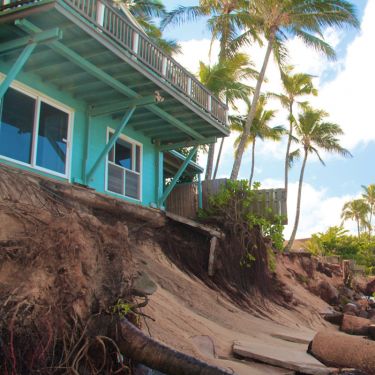
Climate change worsens COASTAL HAZARDS
With rates of sea-level rise in the Pacific region exceeding the global rate, changing climate is predicted to deliver multiple impacts to coastal and low-lying areas, including to fisheries and coastal habitats: greater frequency of wave and groundwater inundation events; greater rates of coastal erosion, flooding, pollution, and sedimentation from runoff; and more frequent and widespread coral bleaching events from increased sea-surface temperatures and ocean acidity. Managers of coastal communities and habitats seek adaptation strategies that address these impacts and other coastal hazards, as well as changes to ocean chemistry and terrestrial hydrology.
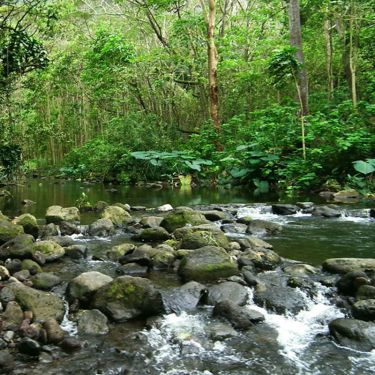
Climate change complicates FOREST MANAGEMENT
Over the past century, Pacific region air temperatures have increased, and recently the rate of increase has been accelerating, particularly at high elevations, with results as varied as upward migration of climate zones, spread of insect-borne diseases, and shifts in cloud elevation, formation, and precipitation. Forest ecosystems impacts are as varied, from salinization events in coastal mangroves to invasive plant encroachment in native montane forests to drying of high-elevation scrublands. Managers seek to understand how forest resource abundance, distribution, and ecological interactions could be affected by changes in environmental drivers.
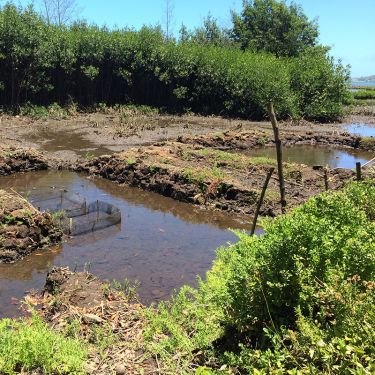
Climate change demands ADAPTATION AND MANAGEMENT
Grappling with climate change poses a challenging set of questions for managers of fish, wildlife, and habitat. In Hawaiʻi and USAPI, there is limited understanding of the processes that control change in forest and woodland plant communities and food webs. Moreover, there are complex issues that compete with climate change for attention because of their immediate impact. We need to identify not only what is important to be sustained but also be able to forecast ecosystem structure and function. Thus, managers seek to include climate change as a new, additional stressor in their framework for resource management.
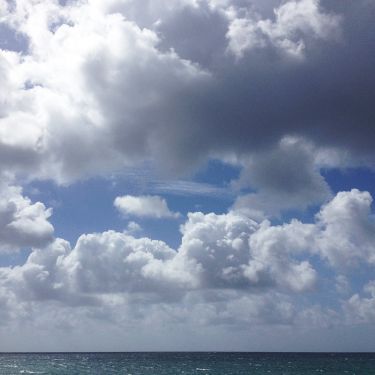
Climate change requires CLIMATE PREDICTION AND TESTING
Decision makers need access to climate information and data upon which to base their plans, but a paucity of Pacific Island environmental data makes development or evaluation of climate projections difficult. In addition, temporal and spatial timescales of available models are often mis-matched with need: resource management works on seasonal to multi-decadal timeframes, making end-of-century climate projections too abstract to commit to adaptation planning, and projections with basin-wide footprints lack the resolution to detect island-scale variability. Local climate variability rivals the importance of long-term, global climate change for supporting resource managers in sustainability efforts.
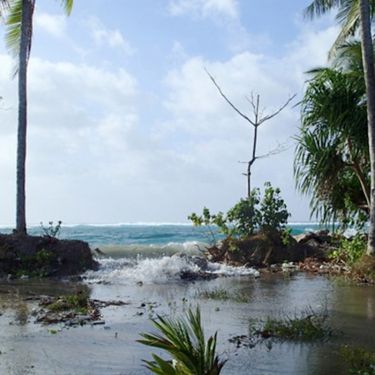
Climate change means ADAPTATION FOR LOW ISLANDS AND ATOLLS
For human communities and living resources in low islands or atolls, climate impacts are so immediate and extensive that adaptation is essentially equal to survival. Government officials seek to better understand and anticipate potential, or actual, human population displacement as a result of climate-related ocean inundation that will affect food security, freshwater security, and livelihoods, to develop programs to protect current ecosystems as long as possible but ultimately to transition the displaced and develop means to preserve cultural identity.

